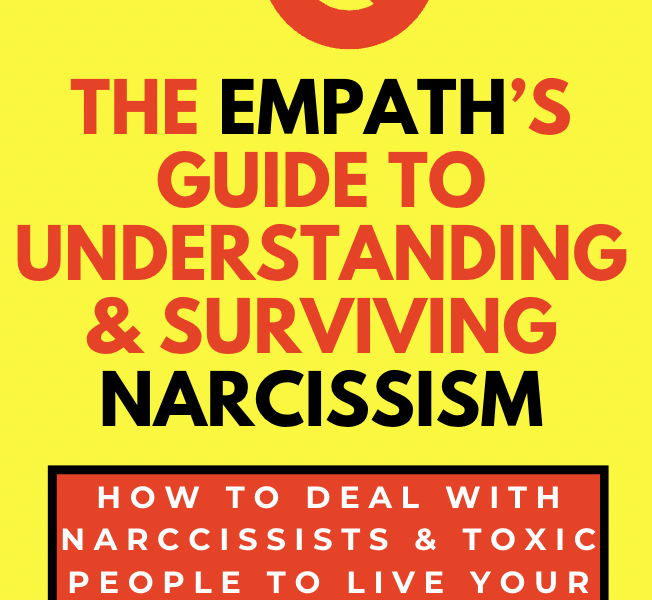Like every art form, storytelling is incredibly diverse.
There are short essays about ethics. Million-word epics about dragons and sorcery. Fairy tales about murderous, grandma-eating wolves. Historical fiction about the Roman Empire.
You get the idea.
But, for all their diversity, did you know there are really only about twenty master plotlines that your favorite stories follow?
Plotlines in Storytelling
The three plotlines below are the ones we find most interesting for marketers:
Ascension
This is your classic rags-to-riches story framework. The character, either internally or externally (or both) begins in a terrible place and works their way up to glory.
If you can help people visualize their own ascension story using your product, you’ll probably make more sales.
Transformation
A transformation plot leads to a change in someone or something, often because of an unexpected event.
These are compelling stories, and they’re valuable when marketers tell them.
It’s often a good idea to use your product as the “unexpected event” in your customers’ positive transformation story.
Forbidden Love
Didn’t expect to see this one here, did you? Think again: marketing your product as something people “aren’t supposed to have” can make the product more appealing.
If you’ve ever read advertising that says “This isn’t for…” or “You probably shouldn’t buy this…” then you’ve seen Forbidden Love in action.
The next time you sit down to brainstorm, try thinking of your campaign as a story using a plotline. It just might spark some of your best ideas yet.


